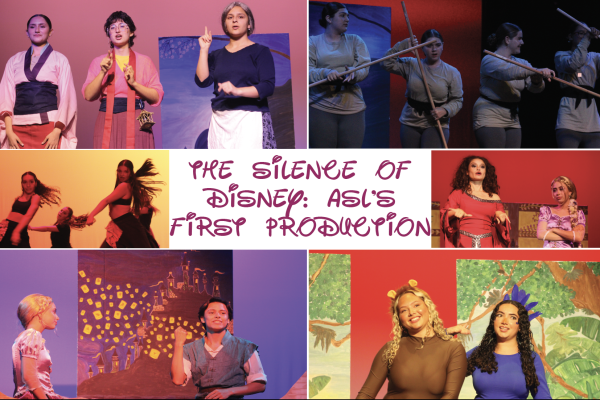Laissez Les Bons Temps Rouler: The History of Mardi Gras (United Together)
April 3, 2022
Known for its vibrant colors and shiny decor, the tradition of Mardi Gras has paved its way through New Orleans culture for years. However, many do not know the history of the tradition and see it simply as the annual, sparkly and jazzy holiday of Louisiana.
The celebration dates back to the 17th century originating in Medieval Europe, from Rome and Venice, to then the French House of the Bourbons in the 18th century.
Religious leaders in Rome decided to incorporate local traditions into the new faith of Christianity, resulting in the tradition of Mardi Gras, which became the prelude to Lent between the holidays of Ash Wednesday and Easter Sunday.
French explorers Pierre Le Moyne d’Iberville and Sieur de Bienville held the first American Mardi Gras on Mar. 3, 1699, when they had landed near present day New Orleans, Louisiana. In order to honor their work, they held a small celebration and dubbed their landing spot Point du Mardi Gras.
Mardi Gras, also known as “Fat Tuesday,” takes place the Tuesday before Ash Wednesday, where many practice the ritualistic eating of generally unhealthy specialty foods before the traditional 40 day fast, but the occasion has since evolved into a week-long festival for many, as the celebration began to spread further to France, Germany, Spain and England.
This year, Mardi Gras fell on Tuesday, Mar. 1, where many were given the opportunity to celebrate the tradition following a two-year hiatus due to the COVID-19 pandemic.
Around the world, Mardi Gras is celebrated differently: in Brazil, locals celebrate with the Rio de Janeiro Carnival, a huge celebration filled with song, dance and decorative floats. In France, locals celebrate similarly to New Orleans Mardi Gras, but one part of the country, Nice, claims to have one of the oldest Carnival celebrations in the world. Italy’s world-renown Mardi Gras celebration is recognized in many cities, but is best known for the Carnevale di Venezia, most recognizable for its costuming and masks.
The tradition of Mardi Gras has spread throughout centuries and continues to play a large role in both American culture in Louisiana and all over the world.



















